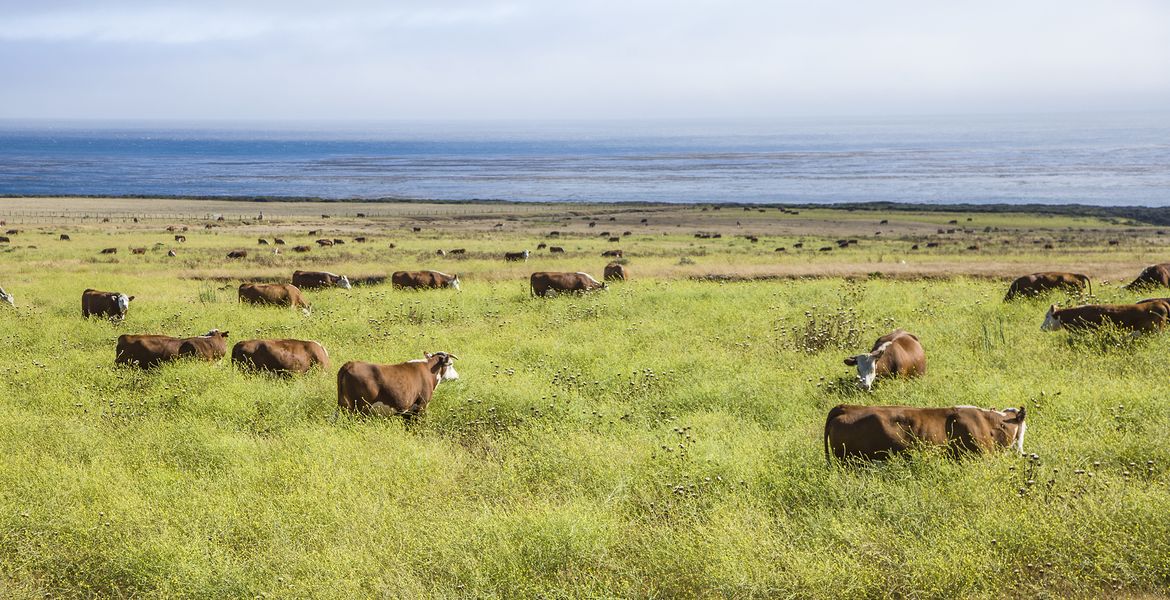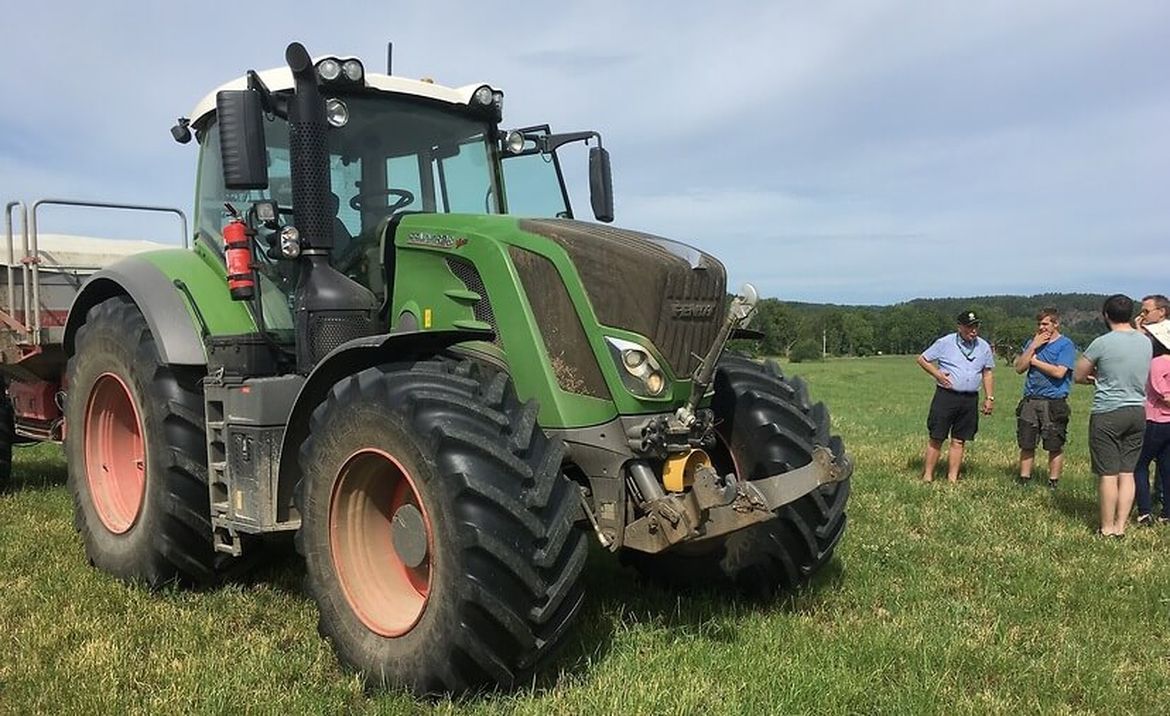
Modern agriculture is an industry segment that has come far in terms of digitization and process automation. A wide range of new technologies for crop and livestock management related to sensors, actuators, and machine learning are now available for use in daily operations. However, there are some hurdles to overcome in order to make the benefits of edge computing in agriculture more accessible for everyone.
The future of agritech is restricted by accessibility issues
When it comes to deploying modern AI technology in rural areas, and realizing related business opportunities, there are two main challenges: a lack of wireless coverage, and deficiencies in data throughput.
For low-intensity data types—such as temperature values, humidity, and barometric pressure—established low-powered wide area networks, LPWAN (e.g., Sigfox, or LoRa), and operator-based networking, like Narrowband IoT, will do the job. But for sensing movement, vibrations, or behavior, sending raw sensor data to the cloud for processing is a no-go. Reading from a single sensor data source (e.g., an accelerometer or gyroscope) at practical frequencies easily produces 20–100 times more data than what can possibly be sent to the cloud for analysis over a LPWAN network.
Edge computing keeps data close to the source
This is where edge computing and Imagimob’s Edge AI solution comes in. Edge computing not only allows incoming data to be analyzed close to the source with a minimal footprint, it makes it easier for refined data – or the results – to be sent over narrow-band networks.
This opens up a slew of new business opportunities. Imagine the benefits for farmers when they have the ability to monitor both stationary and mobile assets over large areas with cost-efficient hardware and connectivity.
3 steps for the best edge computing results
The procedure necessary for producing reliable results using edge computing techniques can be carried out in three steps, which are common in many machine learning applications:
1. Aggregate
Data is aggregated in a method where subject matter is concurrently monitored for motion and then labeled along a common timeline.
2. Train
AI models are trained to classify a defined set of motion samples.
3. Compile
A designated binary library is compiled to disseminate a set of activities during a given time interval. Each sequence ends with the transmission of a seat of events, identified activities, and allocated time for each as a percentage aggregated over the given interval (e.g., ten minutes, an hour, a working day), depending on the application at hand.
Farmers benefiting from Imagimob Edge AI
In a current project, running 2018-2021, we’re collaborating with farmers in Sweden, Finland, and Spain to investigate how motion sensors can be used to learn more about the way beef and dairy cows behave both as individuals and as part of the herd. For example, we’re able to detect which animals are active or still, sick or in good health, or dominant or submissive in order to adapt elements of their care, including nourishment, living conditions, medication and special treatment.
In dairy farming, the business case is clear: a missed insemination window (12-18 hours) implicitly means no milk for the next period. A report by Penn State University [O’Conner 2016], states that approximately half of these insemination windows remain undetected on dairy farms in the United States. In addition, research on the levels of the hormone progesterone in milk shows that up to 15 percent of the cattle presented for insemination are not actually in heat. By using special motion analysis, we’re able to get clearer indications of whether livestock are in estrus (heat), calving, eating, or ruminating. Some examples of detectable proestrus behavioring cows include certain movement patterns such as restlessness, rubbing, and trailing with the intent to stand.
Another related case in this project is one that monitors the positions and operational modes of vehicles and other mobile assets. When low-cost sensor hardware and long battery life are combined with the ability to analyze data on the edge, it becomes economically viable to monitor a vast range of assets—beyond those equipped with native positioning and communications systems like GPS-controlled agricultural tractors and harvesters. When farmers don’t need to spend time or fuel looking for animals or equipment, efficiency increases and they can run their operations with fewer staff or extra farm hands.
Imagimob enables the future of Edge AI
Here at Imagimob, it’s our aim to make our technology available in the form of standardized modules in order to enableb the analysis of rich data on the edge. We especially shine in the presence of restrictions, such as electric power and data connectivity, and when quick response time is critical (without the turn-around time typically required for common cloud services). Our system for Edge AI applications gives small embedded devices big intelligence and computing power while maintaining a small footprint.

Imagimob's Oscar Sverud discussing with the driver fertilizing the field using a GPS assisted tractor.
This work is related to the aFarCloud project, receiving funding from the ECSEL Joint Undertaking (JU) and the European Union’s Horizon 2020 research and innovation programme.
Want to learn more? Feel free to contact us for more information.

